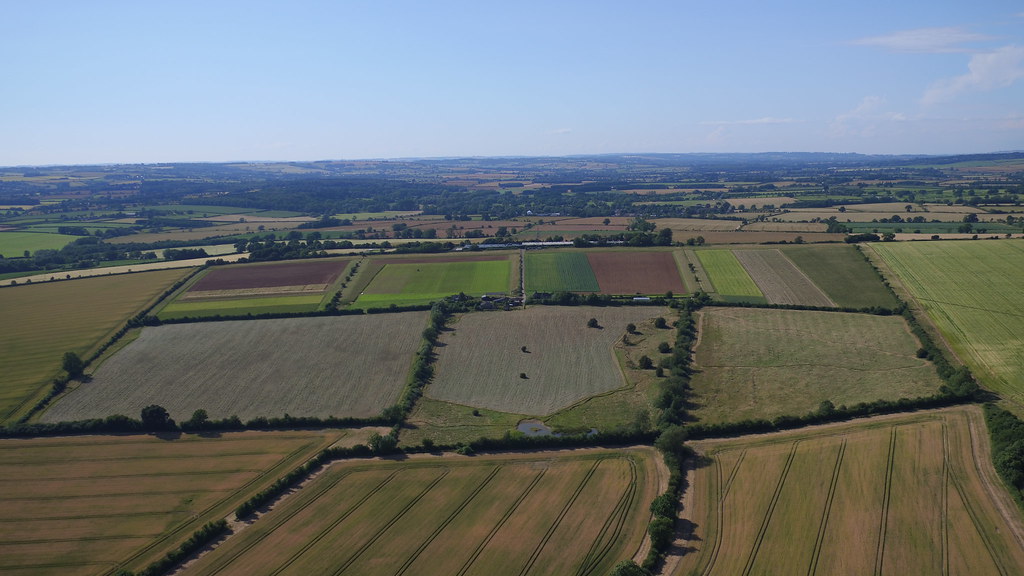Busy September at Honeydale
As we head into Autumn, there’s been plenty going on at Honeydale Farm.Mid-September, we drilled mustard into the control plots of spring barley as a cover crop. This is a Cover crop that’s been used across Honeydale for many years and we’re keeping the trial plots so that we can compare results with the eight year crop rotation we’ve implemented. The mustard germinated by 22nd September, will die off over the winter and the residual will be ploughed up in March.
The year seven crop of our eight year rotation is spring planted wild bird seed mixes which are already being put to good use, providing a supply of food during the hungry gap. We will be repeating the experiment we did last year, comparing the benefits of these sown bird plots with supplementary feeding.
We’ve also been trailing a mixture of game cover and wild bird crops, looking at combining long lasting cover over the winter with the addition of sources of food for farmland birds. The mixtures, some of which includes sunflowers, millet and mustard for food and sorghum and brassicas for cover, were sown in June and are looking good, so we may have new mixes to purchase through Cotswold Seeds before too long.
We’ve sowed and rolled a pathway seed mix around the area we are establishing as a novel crop trials area. The seed mix includes meadow grass, ryegrass, fescues, bentgrass and wild white clover and was drilled in three different directions in order to create a thick and dense covering that’s robust enough to cope with being trodden on.
On the 24th September we combined the sainfoin. It was cut for hay in spring, allowed to regrow and set seed and after combining it’s now being cleaned in the Cotswold Seeds warehouse. It’s a special variety seedstock for multiplication.
A couple of days later, we welcomed 35 PhD students from Oxford University to Honeydale. This varied group of post graduates included specialists in water and insects and they were all interested in studying the diverse farm as an ecosystem. In the final days of September the water in the bottom scrape was successfully holding the water and providing a habit for many aquatic species.
Our herbal ley was also sown at the end of June, with a cover crop of Buckwheat to act as a nurse to help it establish, and the sheep have enjoyed grazing it over the summer. In the first week of October we topped it to remove the stalky and fibrous stems in preparation winter.
.png)







0 comments: